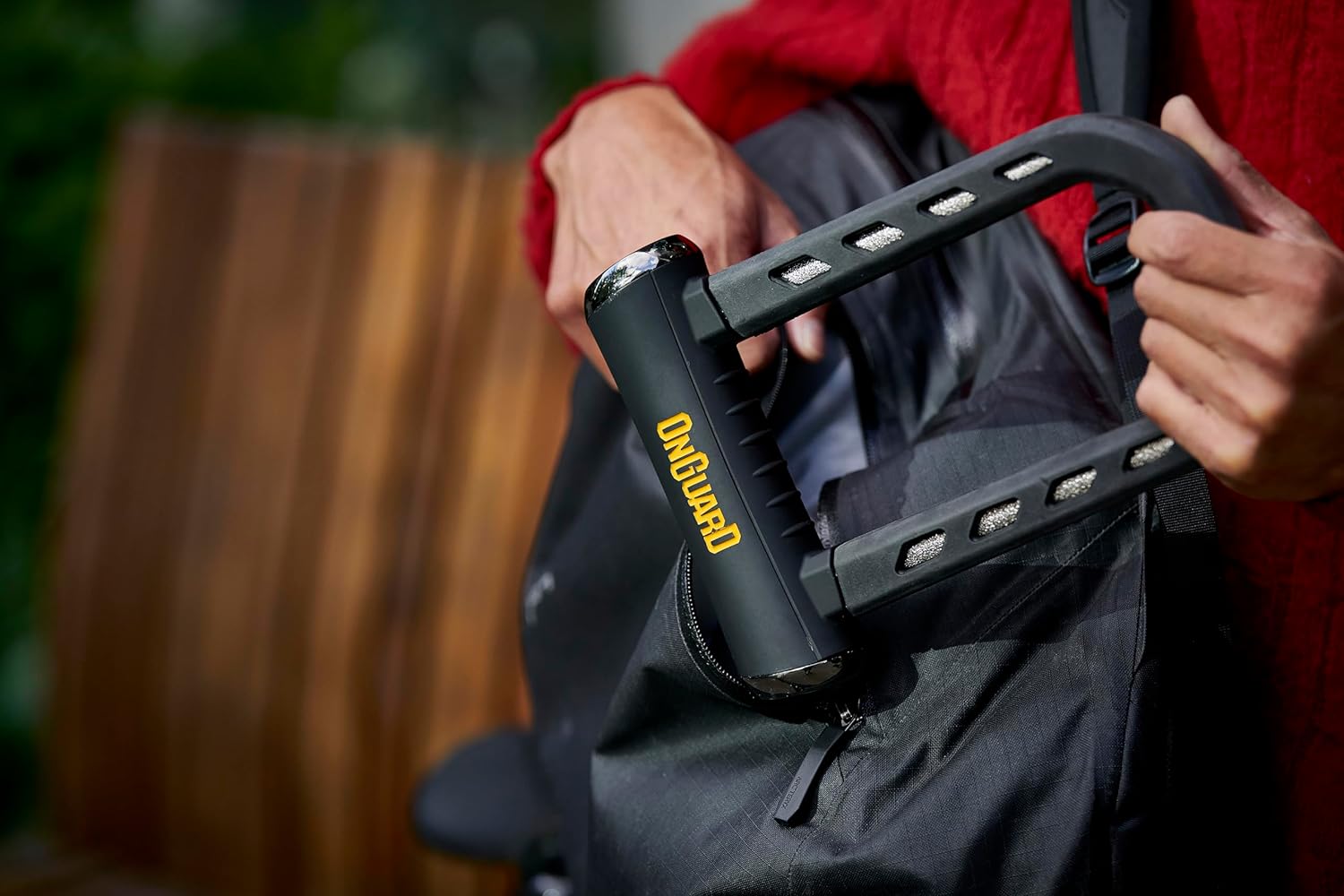10 conclusions from the Giro d'Italia
Nibali, Cavendish, Di Luca and the Colombian collectif
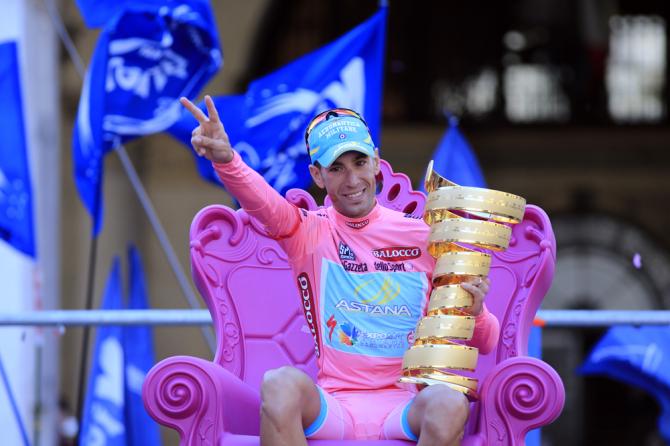
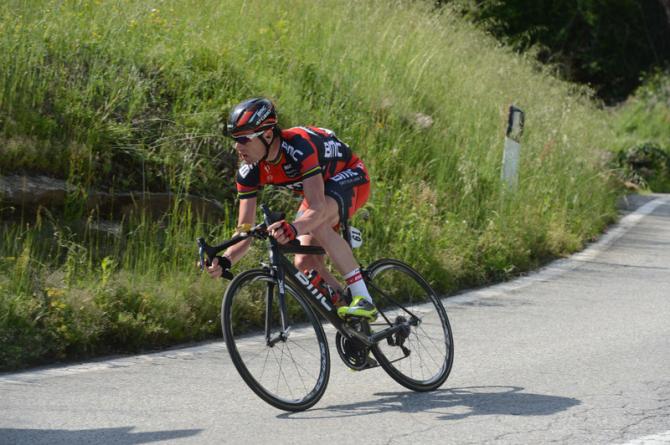
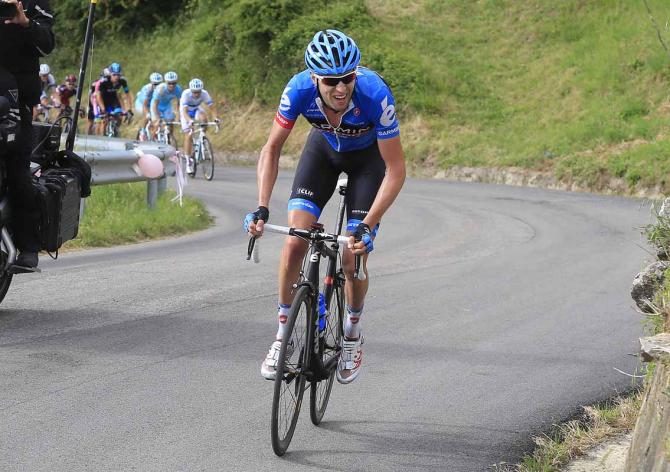
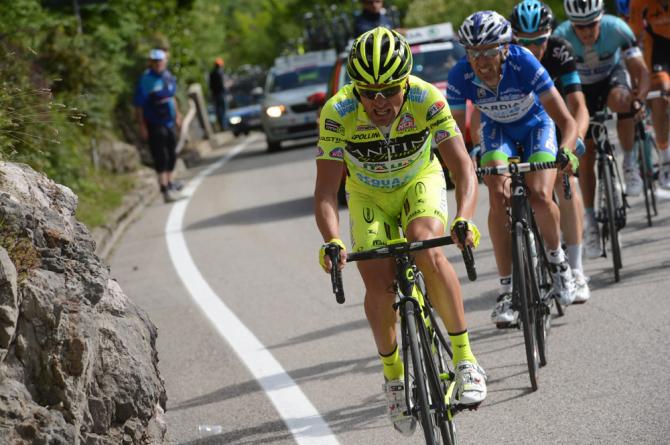
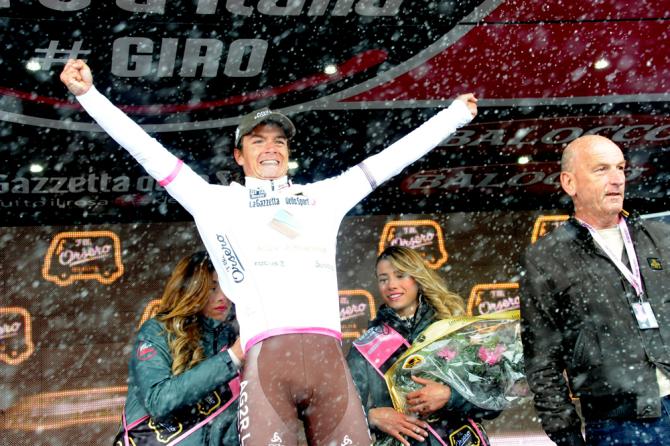
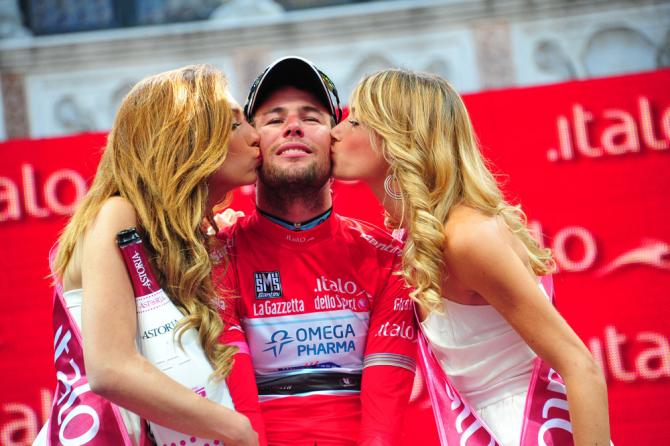
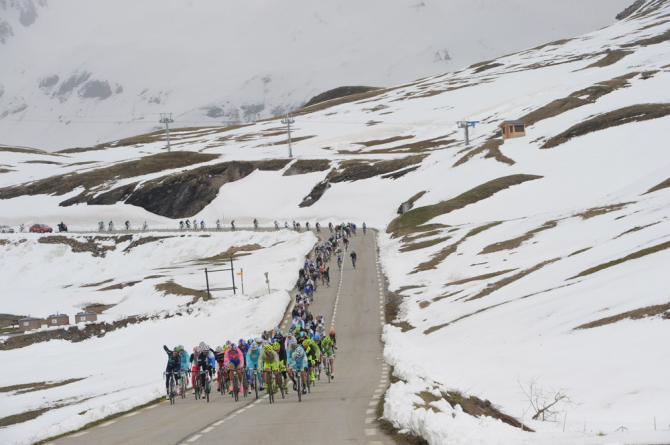
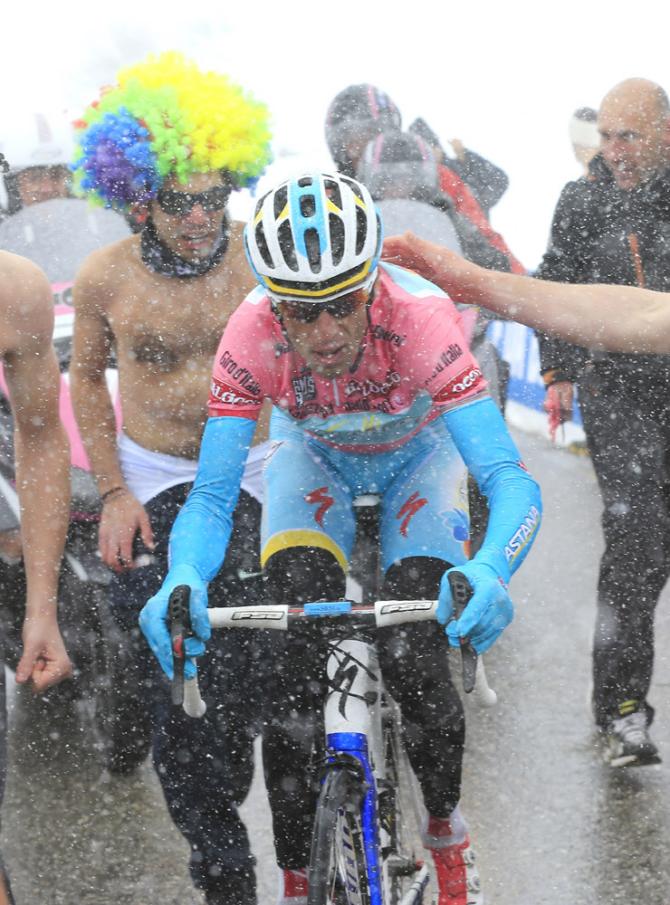
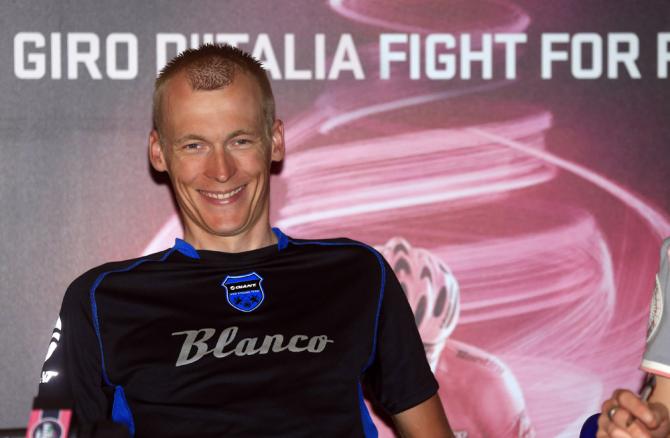
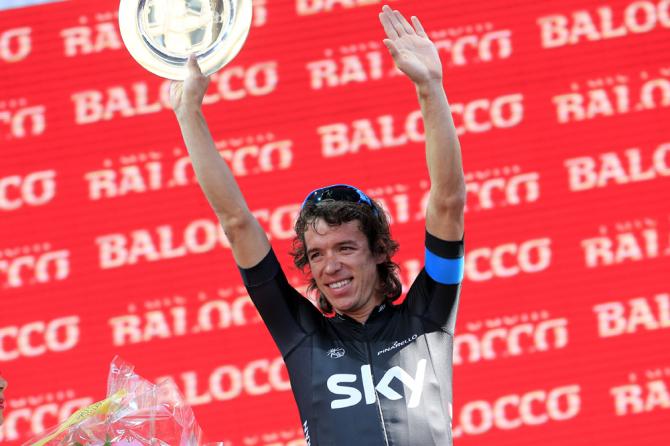
Nibali the figurehead of Italian cycling At his post-race press conference in Brescia, almost all of the questions put to Vincenzo Nibali centred around his status as the new figurehead of Italian cycling. The succession of doping scandals since the 1990s means that the sport has been dragged through the mire over the past decade and cycling’s impact on the public consciousness in Italy has diminished dramatically since Marco Pantani’s heyday.
The shy, softly-spoken Nibali is a very different personality to Pantani or Cipollini, but he has been promoted by the Italian media as the leader of a new, more human generation, marking a clean break from the sins of the past. His victory at Tre Cime di Lavaredo certainly inspired the tifosi and boosted television ratings, and the hope now is that his triumph will also boost the number of young riders entering the sport in Italy. For Nibali, great responsibility comes with his new power.
Evans has earned BMC leadership for Tour de France
It’s not as high-profile as Sky’s ongoing Bradley Wiggins/Chris Froome melodrama but the question of Tour de France leadership at BMC has been one of the subplots of the opening months of the season. When Cadel Evans was asked to line up at the Giro at short notice, it seemed as though the Australian was being gently nudged out of the status of team leader for the Tour in favour of the younger Tejay van Garderen, who, after all, finished two places ahead of him last July.
Instead, Evans ends the race with his management reasserting that he is the outright leader for the Tour after he battled his way to the third spot on the podium in Brescia. His sub-par showing in the Polsa time trial will be a concern but Evans can argue that only a mechanical problem at Tre Cime di Lavaredo cost him second overall and he has been making optimistic noises about his chances in France.
Given that van Garderen triumphed at the Tour of California last week, Evans’ showing was a timely one, even if BMC manager Jim Ochowicz insists that his status as leader was always safe. Assuming that he recovers from his exertions, the 36-year-old Evans has earned the right to start the Tour at the helm for BMC, although he will be aware that the road might ultimately decide the hierarchy.
Aggression outside big mountains pays off
The latest race content, interviews, features, reviews and expert buying guides, direct to your inbox!
When Sky dominated the Tour de France last year by setting the tempo on the front of the peloton in the high mountains and disarming all attacks, it seemed as though the British squad had established a new paradigm for winning grand tours. There was much wailing and gnashing of teeth over how on earth to stop them from strangling stage races to death for the foreseeable future, but the Giro d’Italia provided an answer of sorts.
Sky’s model is based largely on dictating affairs in controlled environments where brute strength wins out, such as time trials and long mountain passes, so Vincenzo Nibali, Ryder Hesjedal, Cadel Evans et al took the battle to them elsewhere. The Giro’s sinuous opening stages in southern Italy, on rolling roads and sharp descents, were always going to be difficult for any one team to control and so it proved. The guerrilla warfare waged there put Bradley Wiggins on the back foot before the opening time trial.
Illness meant that Wiggins never had the opportunity to try and fight back in earnest on friendlier terrain, but given that Chris Froome’s Tirreno-Adriatico challenge fell apart in similar circumstances – the Sky team was scattered to the four winds on the rugged road to Porto Sant’Elpidio – there is food for thought for those looking to derail their ambitions in July. The roads of the Tour are very different to the Giro, of course, and might not present the same opportunities, but in May, at least, fortune favoured the bold.
Di Luca takes on the Riccò role
Danilo Di Luca’s positive test for EPO brought a world of opprobrium upon him and his team, all of it justified. In the hours after his positive test, various riders took to Twitter to voice their disgust, just as many had done after Riccardo Riccò’s infamous homespun blood transfusion in 2011.
It is deeply encouraging to see that kind of heartfelt and open abhorrence for cheating (it would have been unimaginable a decade ago), but there is also a sense that Di Luca, like Riccò, is an unpopular figure in the peloton and, as such, an easy scapegoat. The fierce criticism one rider unleashed upon Di Luca, for instance, did not tally with an incident at a training camp last season, when the same rider attempted to stop a reporter from asking a teammate questions about his implication in a doping inquiry.
In the media, too, Di Luca – like Riccò before him – took on the role of stock villain or the lone black sheep. For many, he is the doper from an older generation who didn’t understand that the music has changed. One certainly hopes that is the case, but it is an indictment of the certain prevailing cultures in the sport that even now, in 2013, a sponsor was willing to offer a repeat doping offender a place on its Giro team ahead of a younger rider.
Uran confirm his Grand Tour credentials
Rigoberto Uran stepped up to replace Bradley Wiggins as team leader for Team Sky at the Giro d'Italia and ended the race second overall, the first Colombian on the Giro d'Italia podium and confirmed as future Grand Tour contender in his own right.
‘Rigo’ is almost certain to ride for Omega Pharma-Quick Step in 2014 and could target the Tour de France rather than the Giro d'Italia.
Wiggins is set to become a fully blown rival next year but potential problems with teammates could continue. The Omega Pharma-Quick Step domestiques will have to help Uran in the mountains and lead out and protect Mark Cavendish.
Betancur boosts the Colombian collective
Carlos Betancur (Ag2r-La Mondiale) often joined forces with Uran in the mountains and ensured that two Colombians finished in the top ten overall in the Giro d'Italia.
With the Colombia team looking to raise its profile in 2014 and perhaps try for a Tour de France wild card place, Colombian cycling is firmly in ascension and set to return to the heady days of the 80s, when Luis Herrara became the first South American rider to win a Grand Tour, landing the Vuelta a Espana in 1987.
The Colombian collective will continue to impress at the Tour de France with Nairo Quintana (Movistar) joint team leader with Alejandro Valverde in July and a possible top five finisher.
Cavendish inspires and inspired by his teammates
Mark Cavendish is often inspired, motivated and driven to success by the hard work and support of his teammates. The harder they work and the more they give of themselves, the more Cavendish lifts his own game.
He is already the best sprinter of his generation and surely closing in on the deserved crown of the best sprinter of all time.
Taking five out of five sprints victories and the red points jersey at the Giro d'Italia was a phenomenal achievement. More importantly, Cavendish has now created and honed a new leadout train at Omega Pharma-Quick Step, which is as good anything he had at Highroad and far better than his difficult year at Team Sky.
Cavendish will go into the Tour de France ready for anything and anyone, including Peter Sagan, Andre Greipel and anyone else who thinks they have a chance in the sprints.
More high mountains in the 2014 Giro d'Italia
This year's Giro d'Italia was hit by bad weather, with rain and snow creating some dramatic racing but also forcing race organisers RCS Sport to cancel the stage over the Gavia and Stelvio and cutting other major climbs from the stages.
However technical race director Mauro Vegni has no regrets about the race route and is ready to challenge Mother Nature yet again in 2014, insisting the race will continue to climb over 2,000 metres.
Italian television viewing figures indicated that the snow-covered finishes attract extra interest. The riders should get ready for more racing in the snow in 2014.
Viva Italia!
This year's Giro d'Italia took another huge step forward as an international race, with the presence of Bradley Wiggins, Ryder Hesjedal and the first ever Chinese rider Ji Cheng attracting even more global interest. Millions of people in Britain, Canada, South American, China and Australia now know more than ever before that cycling has more than one Grand Tour.
The Giro has a modern image but fortunately it has not lost is unique Italian flavour.
The event can be chaotic and occasionally crass but it all perfectly reflects Italy and the Italian lifestyle. The emotions of the race and the affection of the public and the tifosi are genuine. The route is stunning, with the Italian countryside, coastline and mountains offering an inspiring backdrop for the riders to race with emotion.
The Giro d'Italia seems to have shaken off its inferiority complex with the Tour de France and is proud to be different and proud to be Italian. As the tifosi used to proudly write on banners and in banks of snow: Viva l'Italia! Viva il Giro!
Gesink down and out again
With each year Robert Gesink’s grand tour hopes take one step forward but two steps back. This year’s Giro was a prime example. Historically it should have been the first week in which the Dutch climber succumbed with the hair-raising wet descents and the individual time trial. However by the end of the first week Gesink was third on GC and in a prime place to show his class at altitude.
Cue his capitulation as he slipped of the running due to illness and at time poor luck. There was a brief fight back in the third week as the 26-year-old attempted to rescue a top ten place but pulling out with two days remaining was a bitter blow for him and the team. The fact is that Gesink fails to finish almost half the grand tours he starts with the ratio currently at 5 finishes to 3 abandons.
